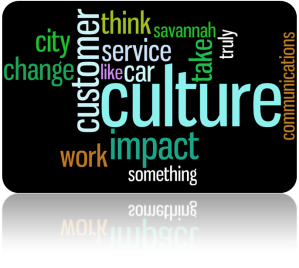
Don’t worry; there will be no pre-wedding discussions here.
When we talk about Engagement in the customer service world, we’re either talking about Employee Engagement or Customer Engagement. And since “Engagement” is a buzzword nowadays, we need to have an understanding of what it really means.
Engagement in business essentially means the level of commitment that an employee or customer has with a business – it often has an emotional component or a tendency toward positive action/participation on the part of the engaged individual.
It goes beyond caring, but it’s based in caring. To take action, to have positive emotion, to be involved and attentive, the starting point is caring about that with which you’re engaged.
But it’s more than caring. One easy way to picture an Engaged community of customers or of employees is to picture the opposite – apathy. If you had apathetic customers, you’d have to bombard them with communications, marketing, offers, and enticements to patronize your business because otherwise they just wouldn’t care.
If you have apathetic employees, when they show for work, the quality and timeliness of what they do, and the attitude they convey to others would essentially be irrelevant to them. It would be all about them, and nothing about the organization.
Organizations should want engaged customers – those customers who are inwardly compelled to be a part of the company. Organizations need engaged employees – those proactively offering ideas and making decisions in the best interest of the company and customer alike.
For Employees
As an employee of an organization, you should want to be engaged. You should want to care enough to initiate positive change, to take ownership over customer needs, to make your organization look good, and to come up with the next great idea.
Ensure your values are in sync with those of your company. Make sure your company’s vision is worth achieving. Look at your customers and co-workers, and decide whether these are individuals you want to help. Get engaged with your company, or look for an opportunity where you can get more fully engaged.
For Businesses
Create values and a vision worthy of engagement. Then, look to hire and promote those individuals who can personally align with the organization’s purpose, how it operates, and where it wants to go.
Be a part of an Engaged Community.
Signup for FREE Tips! Contact Us More Resources for You Visit Our Home Page























